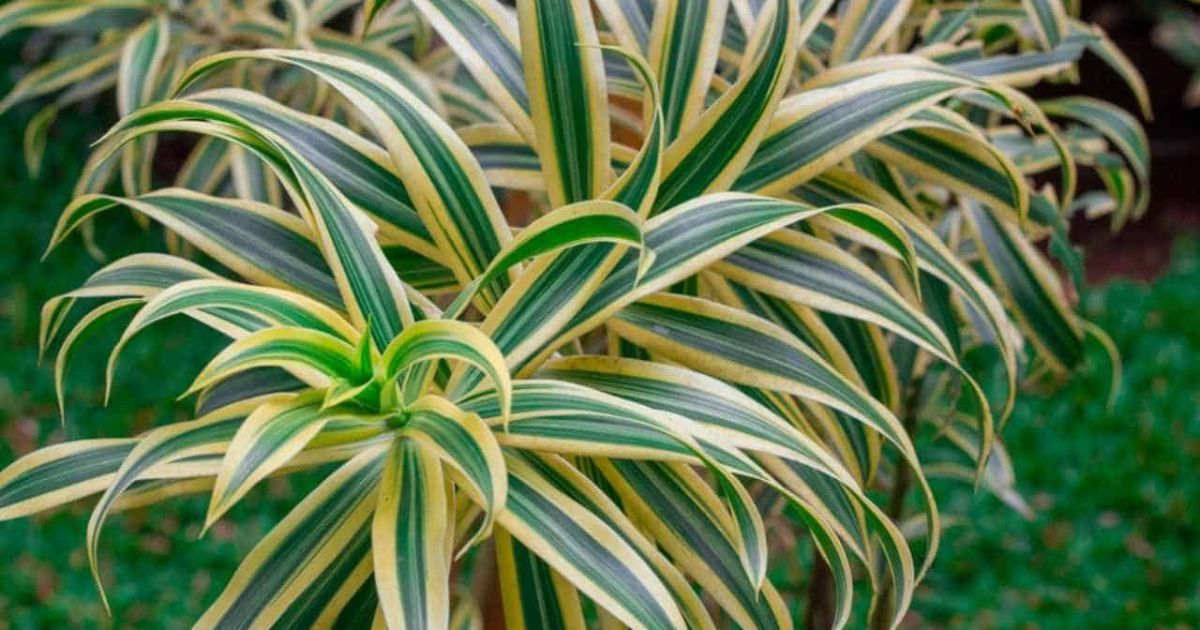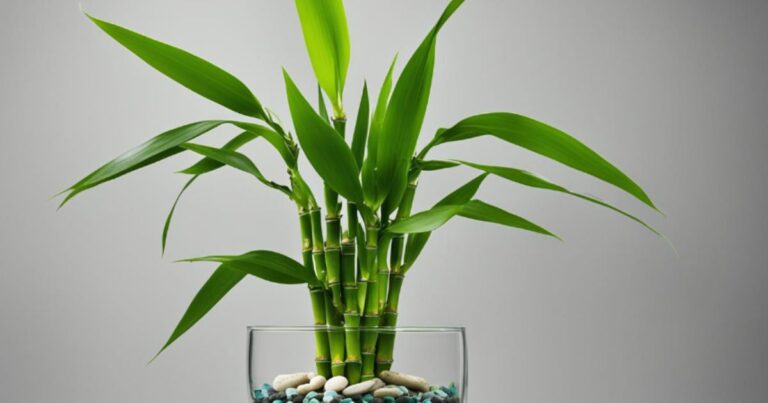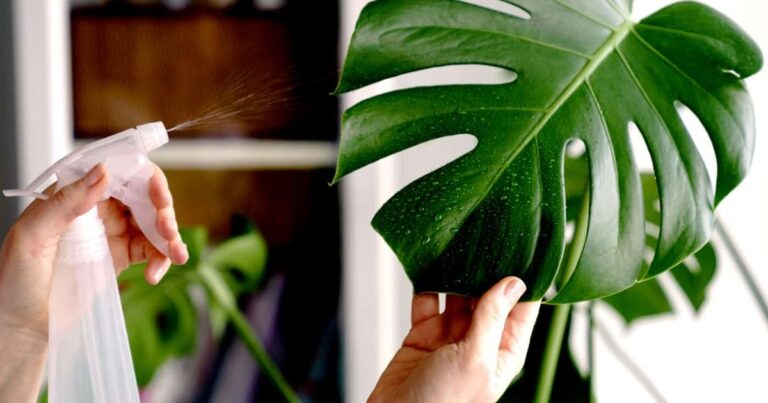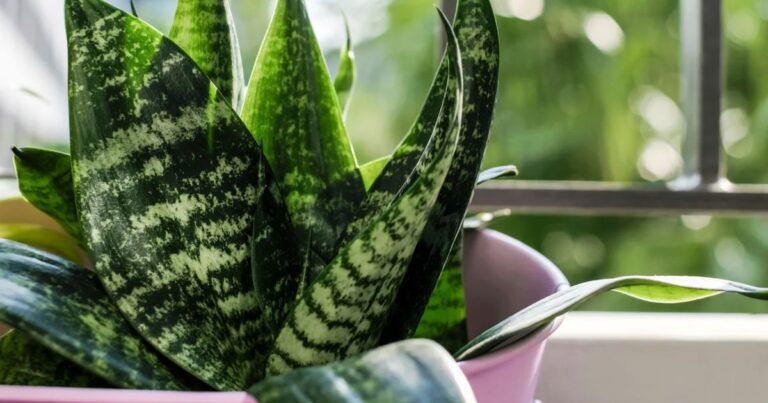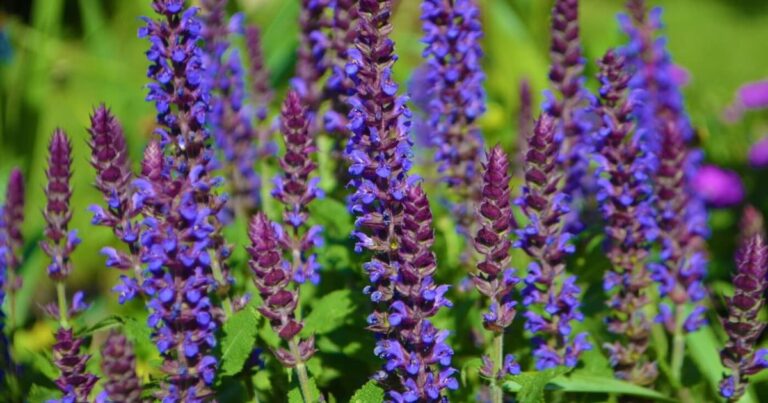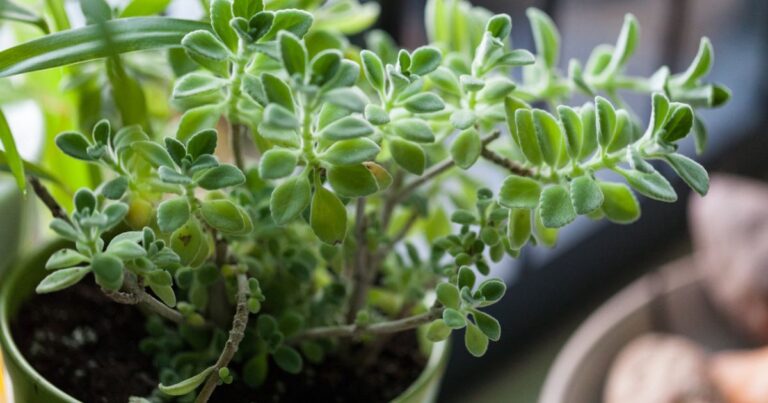Dracaena Plant Care, Types, Planting, Growing, Benefits And Tips
Known for their striking foliage and versatility, these hardy houseplants not only enhance decor but also purify the air you breathe. Understanding the nuances of Dracaena plant care is essential for nurturing these vibrant beauties.
From the elegant Dracaena marginata with its slender leaves to the bold Dracaena fragrans known as Corn Plant, each variety has unique needs and benefits that can transform any environment. In this comprehensive guide, we will explore everything you need to know about planting, growing, and caring for these stunning plants while reaping their numerous advantages.
What Is A Dracaena Plant?
The Dracaena plant, often celebrated for its striking architectural form and vibrant foliage, boasts over 40 distinct species, each with unique characteristics. Originating from tropical Africa, Madagascar, and Asia, Dracaenas have adapted remarkably to indoor environments as houseplants.
Their long, sword-like leaves can display a stunning array of colors—from deep greens to variegated patterns featuring creamy or yellow stripes. This diversity not only adds visual appeal but also allows homeowners to curate their living spaces in accordance with personal style. They actively filter toxins like formaldehyde and benzene from the environment, making them an excellent choice for improving indoor air quality.
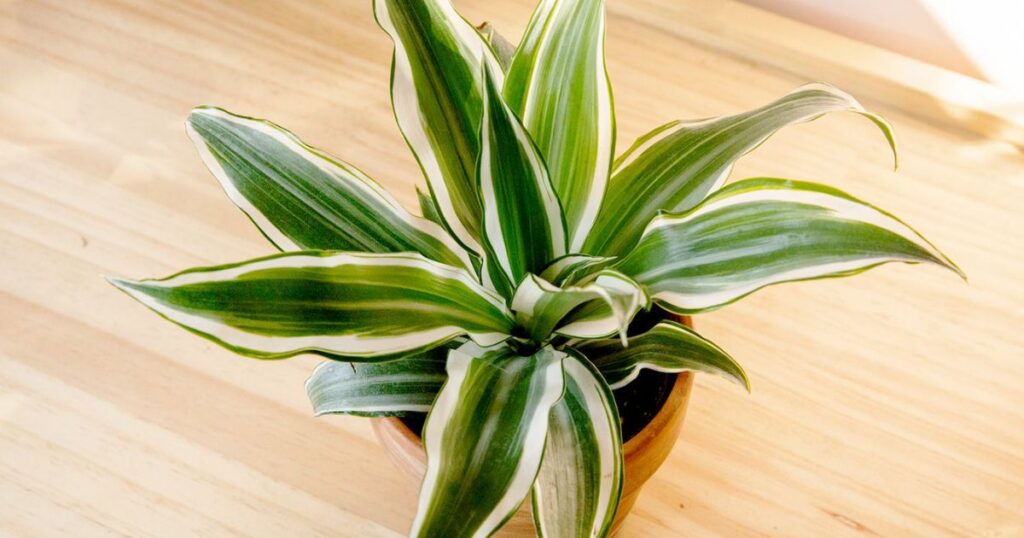
Dracaena Plant Types
- Spike Dracaena Plant
- Large Dracaena Plant
- Red Dracaena Plant
- Green Dracaena Plant
Spike Dracaena Plant
The Spike Dracaena, often referred to as Dracaena marginata, is a striking addition to any indoor plant collection, characterized by its slender stems and arching leaves that boast a unique red edge. It thrives in various lighting conditions but flourishes best in bright indirect light.
This resilience allows the Spike Dracaena to bring tropical charm into homes and offices alike while requiring minimal maintenance—perfect for both seasoned plant enthusiasts and novices.
The Spike Dracaena serves an important environmental role by purifying indoor air. Its ability to filter toxins like formaldehyde and benzene makes it not just a beautiful accessory but also a proactive health choice.
Large Dracaena Plant
The large Dracaena plant, often celebrated for its towering foliage and striking structure, can transform any indoor space into a vibrant oasis. With varieties like the Dracaena Marginata and Dracaena Fragrans, these plants not only bring life to your decor but also offer impressive air-purifying benefits.
These hardy plants thrive on moderate care; they prefer indirect light and need minimal watering—allowing their soil to dry out between sessions. A sprinkle of fertilizer during the growing season will keep their colors vivid, enhancing that eye-catching appeal.
Red Dracaena Plant
The Red Dracaena plant, with its striking maroon and green foliage, is more than just a visual delight—it’s a testament to the beauty of simplicity in indoor gardening. This resilient species thrives on low light and minimal care, making it an ideal companion for both novice flower enthusiasts and seasoned horticulturists.
What sets the Red Dracaena apart is not just its aesthetic appeal but also its air-purifying qualities; studies show that it effectively removes toxins from the air, enhancing your living space’s ambiance while promoting health. Incorporating a Red Dracaena into your home décor can spark creativity in unexpected ways.
Green Dracaena Plant
The Green Dracaena, often celebrated for its striking foliage and resilience, can transform any indoor space into a lush oasis. Beyond its aesthetic appeal, this plant is renowned for its air-purifying capabilities, effectively removing toxins such as formaldehyde and benzene from your
Caring for a Green Dracaena can be surprisingly effortless; it thrives in low light conditions and requires minimal watering—just allow the top inch of soil to dry out before rehydrating.
How To Care For A Dracaena Plant?
Dracaena plant Care requires a delicate balance of hydration and light. These resilient beauties thrive in indirect sunlight but can develop brown leaf tips if they’re exposed to too much direct sun or low humidity. To create an optimal environment, rotate your dracaena periodically; this encourages even growth by ensuring all sides receive appropriate light.
Consider using filtered water, as dracaenas are sensitive to chemicals found in tap water—such as fluoride—which can lead to unsightly leaf damage. Allow the top inch of soil to dry out before giving your plant a thorough drink; overwatering can lead to root rot and other complications.
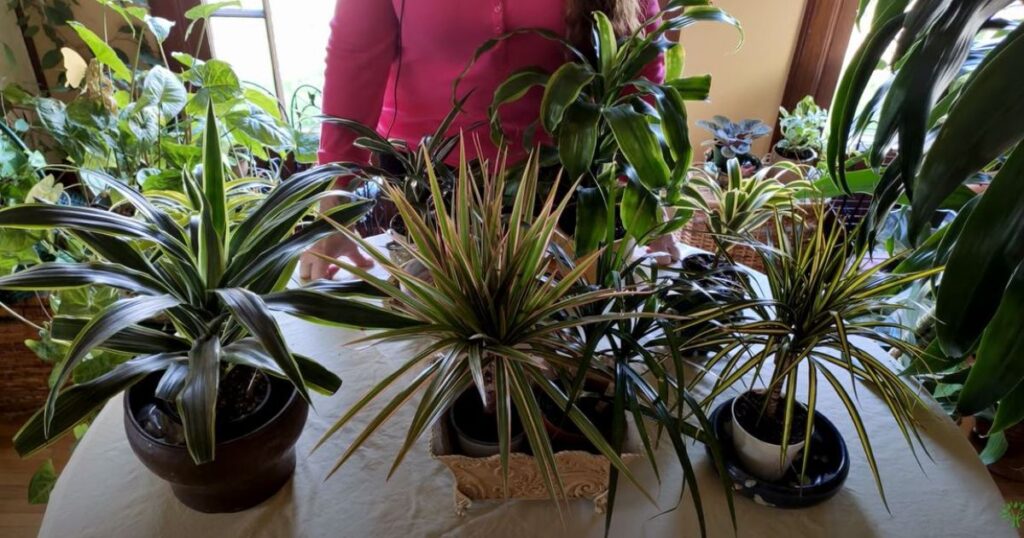
Planting Of Dracaena Plant
When it comes to planting a Dracaena, the first step is ensuring you have the right potting mix. A well-draining soil blend enriched with peat or coconut coir not only sustains moisture but also allows excess water to escape, which is crucial for this tropical plant that thrives in slightly dry conditions between waterings.
Dracaenas are quite forgiving when it comes to soil pH and can adapt to a range from mildly acidic to alkaline, making them an excellent option for novice gardeners. Once you’ve selected your pot and prepared the soil, consider the placement of your Dracaena carefully. These plants flourish in indirect sunlight; too much direct exposure can scorch their leaves while too little light stunts growth.
Dracaena Plant Growing
These hardy varieties thrive in various lighting conditions, from bright indirect light to low-light environments, making them remarkably adaptable companions for any home or office space. One unexpected insight is their ability to purify air quality—certain species have been found to absorb toxins like formaldehyde and benzene, creating a healthier atmosphere while enhancing decor.
Dracaena Plant Indoor Care
To truly unlock the beauty of these resilient houseplants, it’s essential to embrace a few nuanced care strategies. One less-known insight is that Dracaenas thrive in slightly drier conditions than many other houseplants; overwatering can lead to root rot faster than you might expect. Observing the plant closely allows you to gauge its needs—letting the top inch of soil dry out before watering is an effective rule of thumb.
Consider the unique placement of your Dracaena as a way to amplify its aesthetic appeal. Rotating your plant occasionally can encourage even growth and prevent lopsidedness; this simple act ensures every leaf gets ample exposure to light and keeps your Dracaena looking lush and balanced.
Dracaena Plant Outdoor Care
Caring for Dracaena outdoors offers an intriguing blend of nature’s artistry and a gardener’s touch. These resilient plants thrive in well-draining soil enriched with organic matter, but their adaptability can also make them forgiving companions.
While they enjoy bright, indirect sunlight, those placed in partial shade often showcase more vivid foliage, allowing you to experiment with placement across your garden space to enhance visual interest. Layering different Dracaena varieties can create a stunning tapestry of height and texture.
During the sweltering summer months, consistent moisture is vital, but avoid oversaturation to prevent root rot—a common pitfall for even the most inexperienced gardeners. During cooler months or rainy seasons, scale back; overwatering can sap vigor from these hardy beauties.
To elevate outdoor care further, consider sporadically feeding your Dracaena with a balanced fertilizer crafted for tropical plants; this will not only boost color vibrancy but also stimulate new growth.
Dracaena Plant Propagation
Dracaena plant propagation can be an incredibly rewarding experience for both novice and seasoned plant enthusiasts alike. One of the most accessible methods is through cuttings, which allow you to create new plants from existing ones with just a little patience and care.
Choose a healthy stem, preferably with several leaves attached, and use a clean sharp knife to make your cut just below a node—the point at which leaves emerge. Allow this cutting to be callous for a day or two before placing it in water or directly into soil, ensuring you provide the right conditions for rooting.
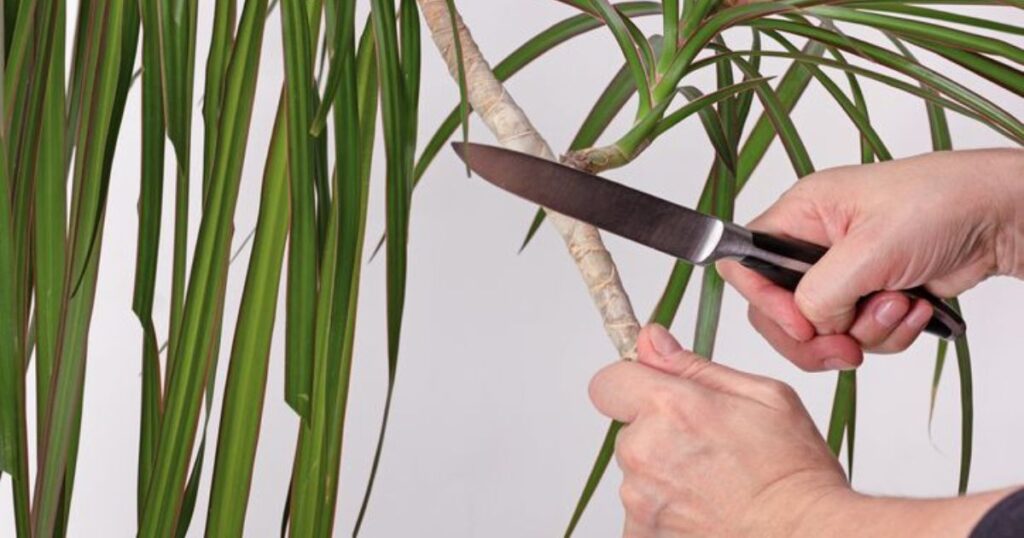
What Is Dracaena Plant Benefit And Tips?
- Air Purification: Dracaena plants are renowned for their air-purifying abilities, effectively filtering toxins such as formaldehyde and benzene from indoor environments, thereby improving overall air quality.
- Low Maintenance: With their hardy nature, Dracaenas thrive in various light conditions and require minimal watering, making them perfect for busy individuals or those new to plant care.
- Aesthetic Appeal: The striking foliage of Dracaena comes in a variety of colors and shapes, adding a touch of elegance to any home or office space while boosting your decor with natural beauty.
- Versatile Placement: These plants adapt well to different settings — whether as a statement piece in living rooms or strategic additions in workspaces, enhancing the ambiance effortlessly.
- Stress Relief: Engaging with houseplants like Dracaena has been shown to reduce stress levels and increase productivity, creating a more relaxed atmosphere conducive to both work and leisure.
- Moderate Light Tolerance: Unlike many greenery options that require bright sunlight, Dracaenas continue to flourish even in moderate light conditions, making them ideal for spaces with less natural light.
- Feng Shui Benefits: In the realm of Feng Shui, Dracaena symbolizes growth and prosperity; placing these plants around your home encourages positive energy flow and abundance.
- Repelling Pests Naturally: Beyond just aesthetic benefits, certain varieties of Dracaena can naturally deter pests due to their toxic properties when consumed by common household insects.
- Tropical Vibe at Home: Incorporating Dracaena into your interior design brings an exotic flair reminiscent of tropical environments without needing extensive care typical of larger outdoor species.
- Propagation Ease: For plant enthusiasts looking to expand their collection or share the joy of gardening with others, propagating Dracaena is simple through cuttings—an effortless way to multiply your green companions!
Is The Dracaena Plant Toxic To Cats?
While its vibrant green leaves can enhance the aesthetics of any living space, it’s essential to recognize that these beautiful plants contain compounds such as saponins that are toxic to cats.
When ingested, a cat may experience symptoms ranging from nausea and vomiting to more severe gastrointestinal distress. As pet owners become increasingly conscious of their furry companions’ health, it’s crucial to examine not just the beauty of indoor greenery but also its impact on beloved pets.
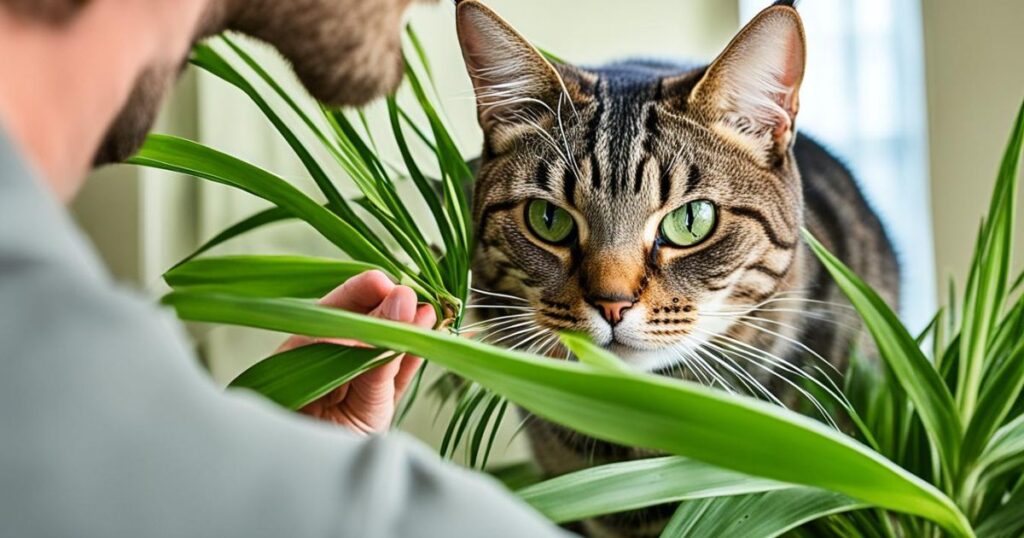
Dracaena Plant Vs Philodendron Majestic Care
The Dracaena thrives on a bit of neglect; it’s remarkably drought-tolerant which makes it perfect for those with busy lifestyles or those who might forget to water regularly. Its striking sword-like leaves add an architectural flair to any space, and as long as you keep it out of harsh direct sunlight, this plant will reward you with vibrant growth.
The Philodendron Majestic beckons for a more attentive touch. This beauty flourishes best in bright but indirect light and appreciates consistent moisture without becoming soggy—certainly a challenge for novice plant parents!
What sets it apart is its stunning leaf texture that can truly elevate your home décor. An added bonus is its air-purifying qualities; as it matures, the Philodendron Majestic’s dramatic foliage can create visual interest that grows along with your flair for plant parenting.
Conclusion
Dracaena plant care can be a rewarding endeavour, offering both aesthetic appeal and numerous health benefits. With various types to choose from, each with unique characteristics, there is a perfect Dracaena for every indoor environment.
Proper planting and growing techniques ensure that these resilient plants thrive, while understanding their specific needs can enhance their longevity and vibrancy. By incorporating regular care tips into your routine, you can create a lush green space that purifies the air and elevates your home decor.

